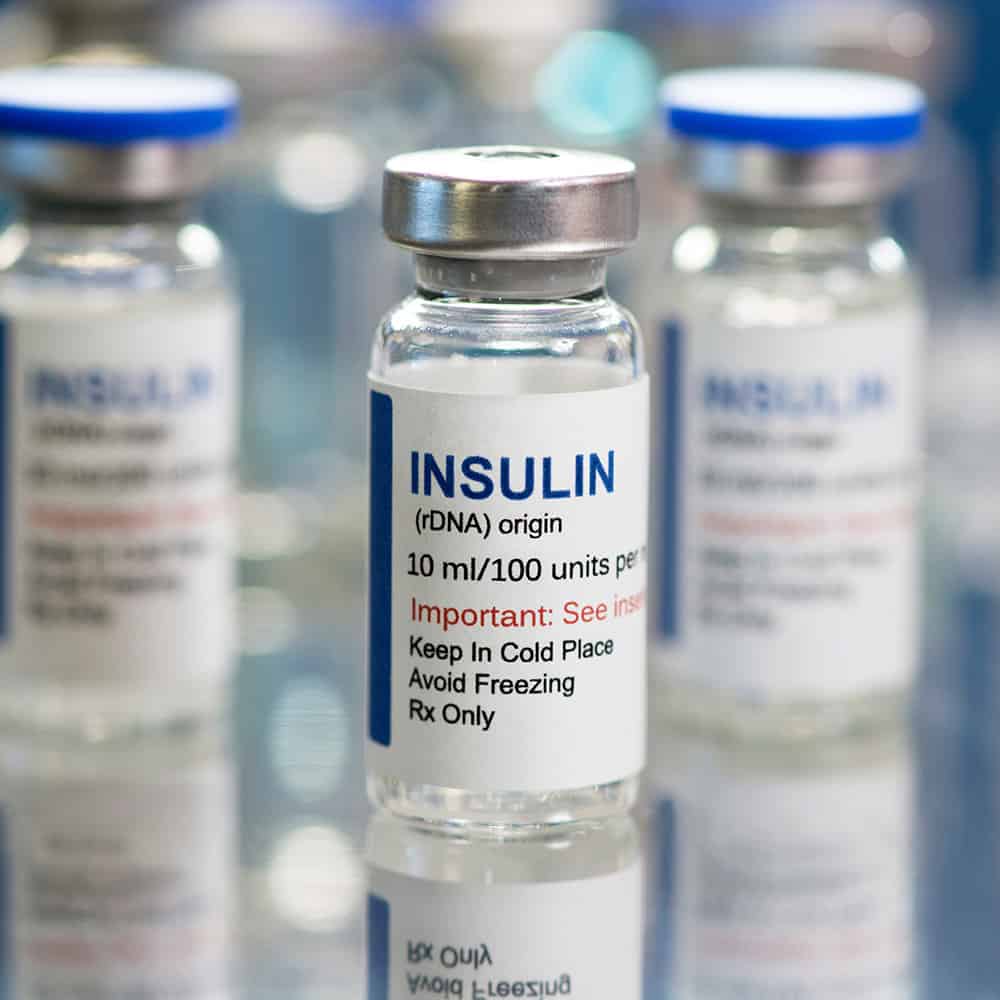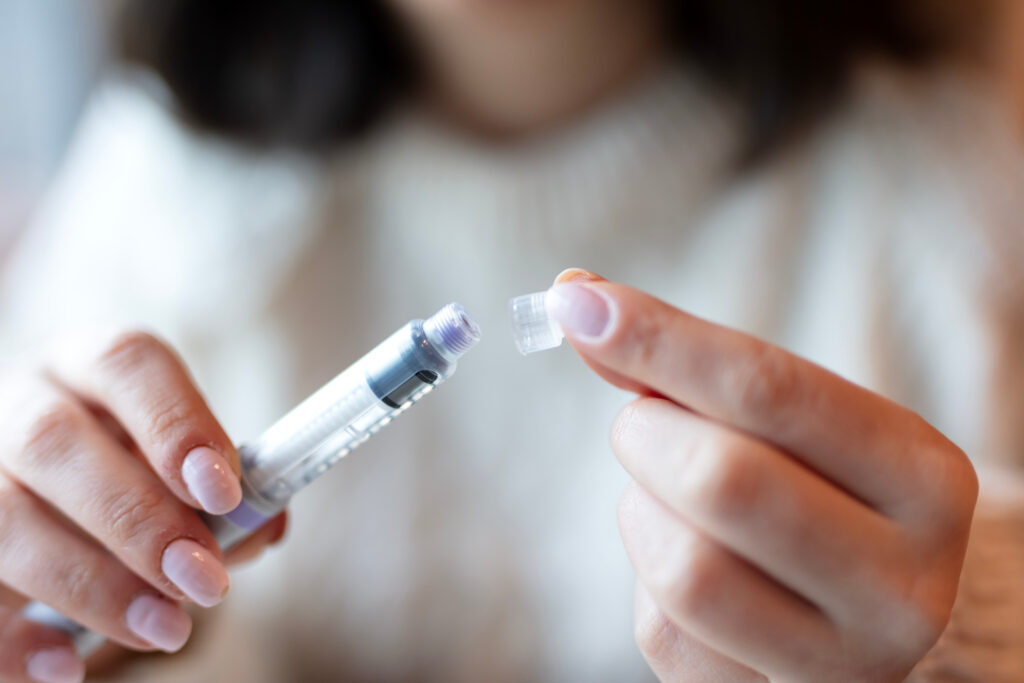Diabetes impacts 11% of the US population.1
What is Diabetes?
Diabetes is a chronic health condition where your body does not make enough insulin or can’t use it as well as it should. Untreated diabetes can result in conditions such as heart disease, vision loss, and kidney disease.1 According to the Centers for Disease Control and Prevention, an estimated 37 million US adults have a type of diabetes, while another 96 million are pre-diabetic.1 Diabetes related costs total an estimated $327 billion in medical costs, and lost wages and unfortunately, the rate at which patients are being diagnosed continues to grow.1
Cost Prevention and Legislation
As of 2017, researchers concluded that the average person with diabetes incurs roughly $16,750 in health care costs annually.2 In 2018, the average list price for one vial of insulin was $98.70, according to the Rand Corporation.3 With no end in sight to these insulin prices and pressure from the general public, the US government took a stand and passed the American Rescue Act, which will take effect on January 1, 2024.
What does the American Rescue Act (ARP) do?
- Caps the insulin price at $35 for those on Medicaid and Medicare.
- Includes a provision that eliminates the statutory cap on rebates paid to Medicaid. Starting January 1, 2024 this provision will remove the 100% cap for these drugs, which is expected to save the government billions of dollars annually.
With rising public opposition and legislative pressure, insulin manufacturers have begun to preemptively reduce costs on some of their most popular products. Manufacturers like Eli Lilly, Novo Nordisk, and Sanofi have decided to act and reduce these product costs anywhere from 65%-78%. Many welcome this gesture of goodwill from these manufacturers who fully understand that many Americans cannot keep up with the rising costs. Although future costs and outcomes for patients with diabetes have certainly improved, the need to aggressively and effectively intervene and manage pre-diabetic and diabetic populations has not changed.
What do these changes mean for employers?
Now that the dust has settled, many have begun to question what type of impact this has on commercial plans and employers.
The medications that have had their costs lowered by Eli Lilly, Novo Nordisk, and Sanofi will no longer receive rebates, which in turn would get passed along to employers on a quarterly and annual basis. Although rebate payouts may be impacted, the point-of-sale cost will be much lower, creating a neutral cost impact or even providing net plan savings to the employer and plan.
In the coming weeks and months, PBMs will begin to shift their rebate guarantee strategies to achieve pharmacy cost neutrality, so it is important to have an open dialogue with your pharmacy insurance provider and be aware of the changes that will be coming for the 2024 plan year.
Sources:
- “The Facts, Stats and Impacts of Diabetes” Center for Disease Control and Prevention, accessed July 26, 2023, https://www.cdc.gov/diabetes/library/spotlights/diabetes-facts-stats.html
- “The Cost of Diabetes” American Diabetes Association, accessed July 26, 2023, https://diabetes.org/about-us/statistics/cost-diabetes
- “The Astronomical Price of Insulin Hurts American Families” Rand Corporation accessed July 26, 2023, https://www.rand.org/blog/rand-review/2021/01/the-astronomical-price-of-insulin-hurts-american-families.html
- “3 big drug companies drastically cut insulin costs for consumers” Deseret News accessed July 26, 2023, https://www.deseret.com/2023/3/17/23644828/sanofi-eli-lilly-novo-nordisk-drastically-cut-insulin-prices





